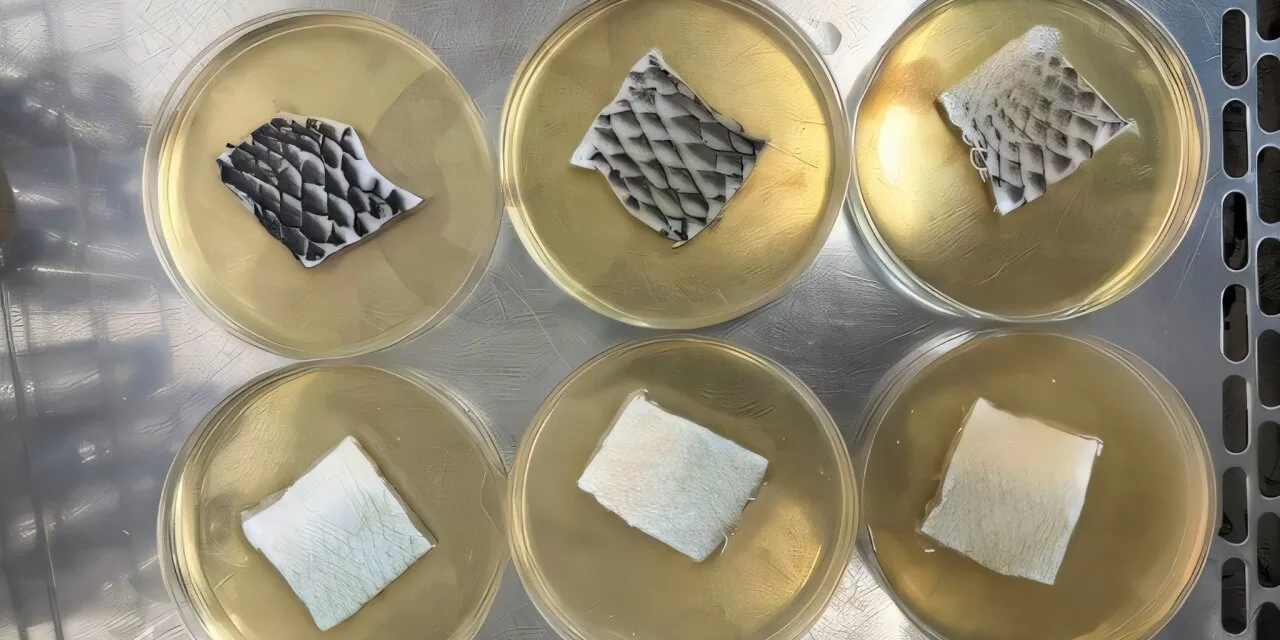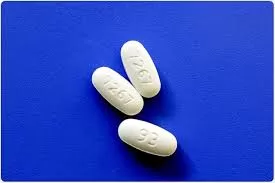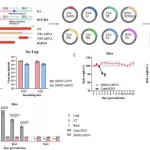Manila, Philippines—Pioneering research from the Ateneo de Manila University suggests that milkfish (locally known as bangus) skin, a common byproduct of the Philippine fishing industry, could be repurposed as a cost-effective medical resource for treating severe burns and major injuries.
The study, published in BIO Web of Conferences under the title Determining the Applicability of Milkfish (Chanos chanos) for Skin Grafting through Microbiological and Histological Evaluations, marks the first time bangus skin has been investigated for wound care applications. Previous research has primarily focused on tilapia (Oreochromis niloticus).
Revolutionary Wound Care Potential
When treating third-degree burns and other serious injuries, where all layers of skin are damaged, wound dressings are critical for protecting exposed tissues and promoting skin regeneration. Artificial skin grafts, often costly and imported, remain inaccessible in many developing countries. The Ateneo researchers propose that milkfish skin could provide an economical and sustainable alternative.
“Given its abundance and potential collagen content, milkfish skin presents a valuable opportunity to expand the donor pool for fish skin grafting,” the researchers stated in their paper. With bangus being one of the most widely cultivated fish species in the Philippines, this development holds promise for both healthcare and environmental sustainability.
Rigorous Testing and Promising Results
The researchers sourced milkfish and tilapia skins from local markets in Metro Manila, ensuring they were fresh and uncontaminated. The skins were cleaned, descaled, and treated with a solution of silver nanoparticles (AgNP) to test sterilization efficacy. Untreated samples were used as controls.
The results were promising: AgNP-treated bangus skin consistently showed no bacterial or fungal growth and retained its collagen structural integrity, matching the performance of tilapia skin. These findings validate the potential of milkfish skin as an effective wound dressing material.
“By demonstrating that milkfish skin can be effectively sterilized and used similarly to tilapia skin, this research provides innovative, cost-effective, and sustainable wound-healing solutions,” the paper concluded. Such advancements could transform healthcare in underserved areas, particularly in regions with limited access to advanced medical facilities.
A Step Toward Sustainability
Beyond its medical applications, the research promotes sustainability by repurposing fish skin, a material typically discarded as waste. This aligns with global efforts to reduce environmental impact while improving access to essential resources.
As the study progresses, the team hopes to pave the way for clinical trials and the eventual integration of milkfish skin grafts into mainstream medical use. If successful, this innovation could not only improve patient outcomes in the Philippines but also set a global precedent for utilizing local, renewable resources in medical science.
For more details, refer to the published study:
Janice Alano Ragaza et al, Determining the Applicability of Milkfish (Chanos chanos) for Skin Grafting through Microbiological and Histological Evaluations, BIO Web of Conferences (2024). DOI: 10.1051/bioconf/202413602008












